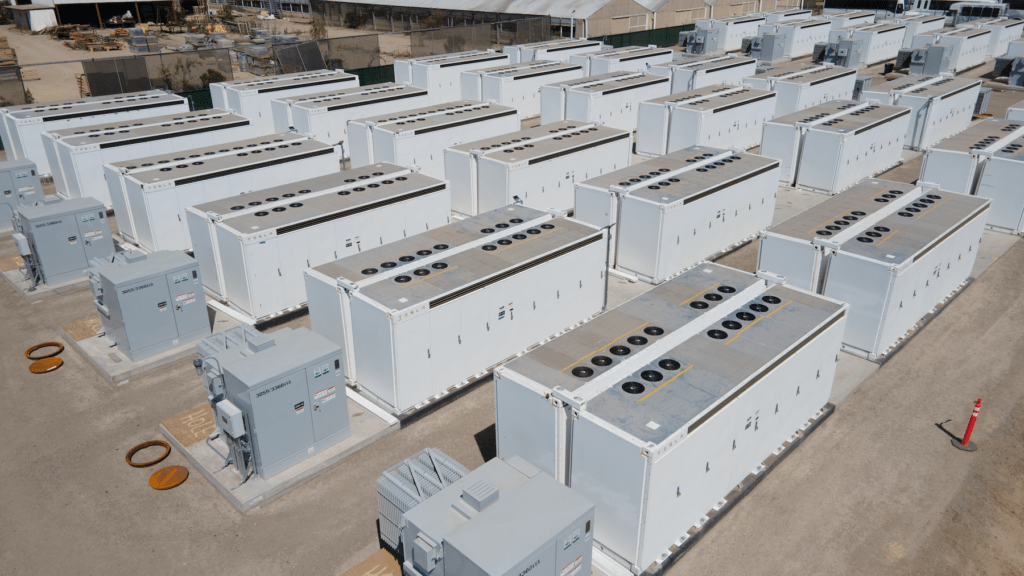Stan Pinegar
Duke Energy Indiana’s solar energy facility at Toray Resin Co.’s Shelbyville campus is now in service. The new facility is capable of generating up to 900 kW of electricity to help power the plastics manufacturer’s operations while offsetting carbon emissions. The solar project is the first to come from a Duke Energy pilot program that aims to make it easier for businesses, schools and nonprofits to incorporate clean, renewable energy sources into their energy mix.
“We’re excited to partner with Toray Resin on this renewable energy venture,” says Stan Pinegar, president of Duke Energy Indiana. “This unique leasing arrangement will help power the company’s manufacturing operations in a sustainable and cost-effective way, while also demonstrating how our neighbors, businesses and communities can come together to make meaningful progress toward a cleaner energy future.”
Under the program, Duke Energy will own, operate and maintain the Blue River Solar Facility on Toray Resin’s Shelbyville campus for a monthly service fee. The program provides Toray Resin with the advantages of clean energy to help power their operations, while minimizing upfront costs and maintenance obligations.
“Toray Resin Company and our parent, Toray Industries, intend to be a leader in the future use of renewable energy by jointly developing affordable, reliable and cleaner energy,” comments Dennis Godwin, president of Toray Resin Company. “This joint agreement with Duke Energy Indiana further advances Toray’s commitment to reduce our carbon footprint by investing in renewable power solutions like solar that are reliable, scalable, cost-efficient, sustainable and directly support our core business strategy.”
Construction on the 8-acre, ground-mounted solar project began in October 2021 and was completed in late August 2022. The facility consists of 2,487 solar panels that are each 6-feet tall, 3½-feet wide and 1½-inches thick. The solar array is located on the east side of Toray Resin’s campus, between Mausoleum Road and Boomer Way.
Under Duke Energy’s solar services pilot program, eligible Indiana customers can lease an on-site solar system for a period of up to 20 years. Duke Energy installs, operates, owns and maintains the system, while customers receive all of the kWh and solar renewable energy credit (SREC) output. Initial program capacity is limited to a total of 10 MW for eligible commercial and industrial customers within the Duke Energy Indiana service territory.
Continue reading










